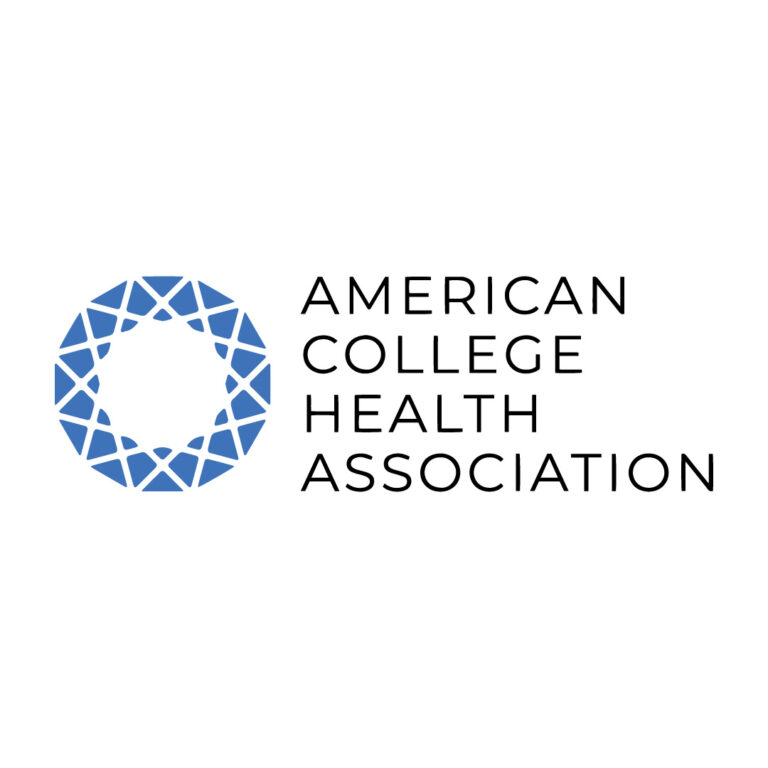- The UHC will close at 11:00am on December 15th for a full staff meeting
Please don’t delete the post below (UGA Alert Notice). It will be visible only if we change the category to Multi Site Notification.
COVID Vaccine
UHC will have the updated COVID-19 vaccine starting 10/23/23.
Students can schedule through the patient portal in their home primary care clinic or TACC.
Faculty / Staff / Dependents (16 years and up) should call Allergy / Travel at 706-542-5575 to schedule an appointment.
UHC will have the updated COVID-19 vaccine starting 10/23/23.
Students can schedule through the patient portal in their home primary care clinic or TACC.
Faculty / Staff / Dependents (16 years and up) should call Allergy / Travel at 706-542-5575 to schedule an appointment.










